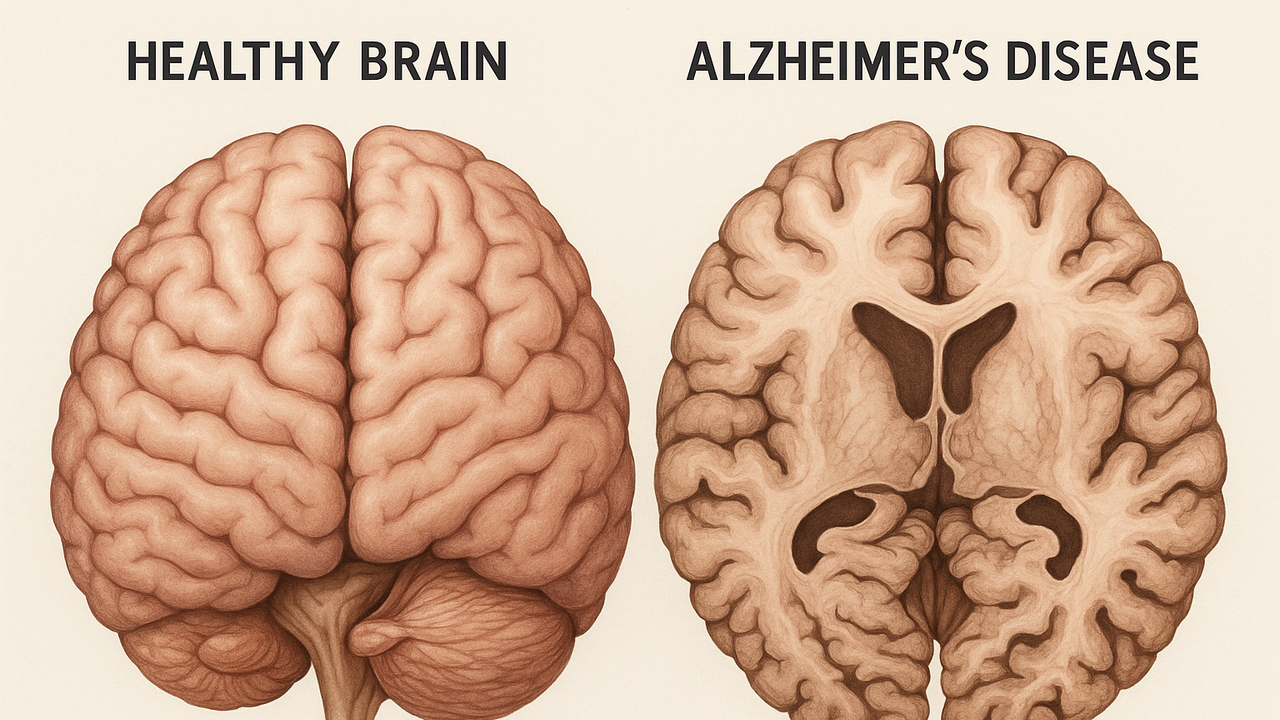How Chinese scientists’ mouse brain map could advance human neuroscience

Chinese scientists have unveiled a new 3D map of the mouse brain at submicron resolution, a breakthrough described as a major leap forward in neuroscience that could reshape the study and treatment of neurological diseases in humans.
Global Times reports that the new atlas, known as the Submicron-resolution three-dimensional Atlas of the Mouse Brain (STAM Atlas), was the result of ten years of work. It visualises the entire mouse brain at a cellular level, enabling researchers to study the brain’s architecture with clarity.
The STAM Atlas includes over 34,000 ultra-thin brain sections, 14,000 coronal, 11,400 sagittal, and 9,000 horizontal slices, producing a complete 3D reconstruction of the mouse brain. In this model, scientists have identified and annotated 916 distinct brain regions, including 236 newly discovered sub-regions that shed light on previously unknown neural circuits.
According to Li Yunqing, president of the Chinese Society for Anatomical Sciences and professor at the Air Force Medical University, the atlas allows scientists to “precisely locate pathological brain regions and neurons” implicated in diseases like Alzheimer’s and Parkinson’s, potentially aiding in the development of more effective targeted therapies.
“This atlas surpasses conventional murine brain maps by two orders of magnitude in precision,” said Xue Tian, executive dean of the School of Life Sciences at the University of Science and Technology of China. “It provides the global neuroscience community with a cutting-edge tool developed by Chinese scientists.”
The main image was AI-generated.
This story is written and edited by the Global South World team, you can contact us here.